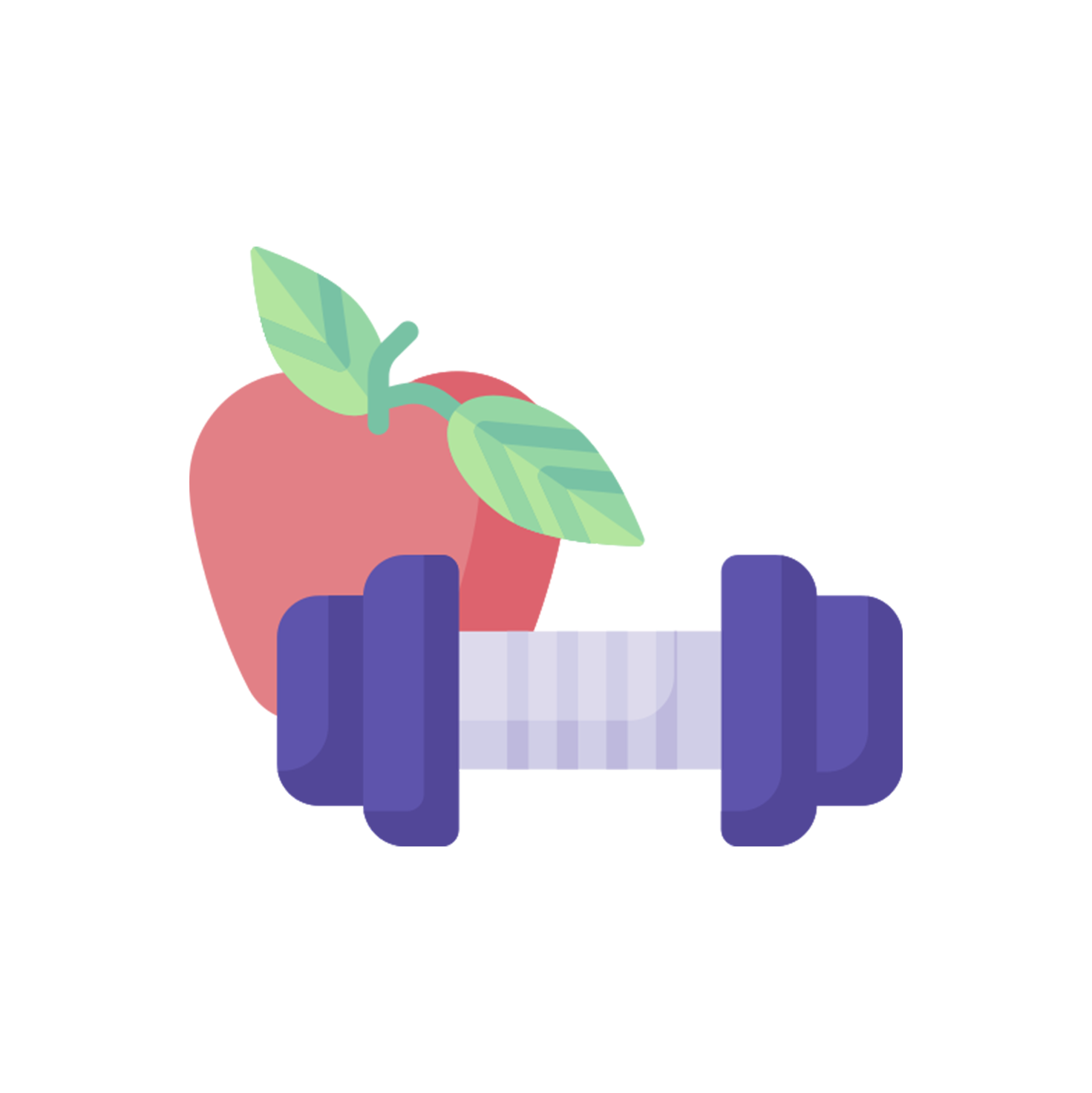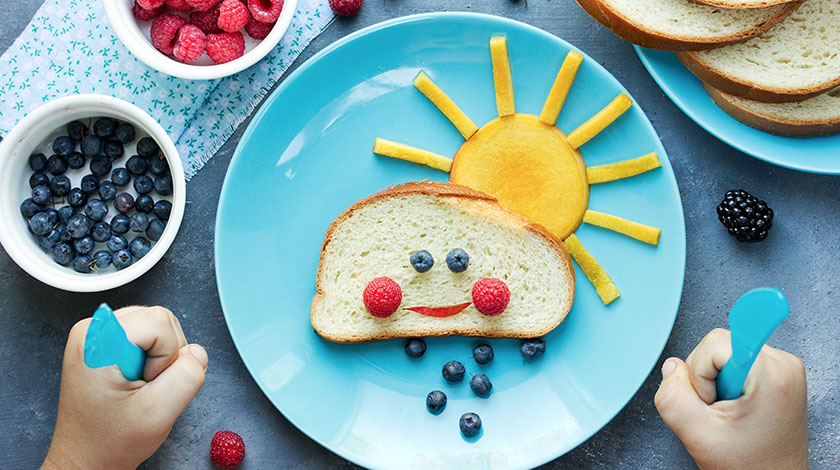Most parents struggle to get their kids to eat fruits and vegetables. If you have the same problem, remember the old chef’s maxim: “we eat first with our eyes”. This is even more true for children. Presenting healthy food in a visually appealing way may just be the key to unlock your child’s appetite for a more nutritious diet.
So, how should you dress a plate of nutritious food?1
1. Variety is the spice of life
Research shows that children are most attracted to food plates with 7 different items or 6 different colors. This may sound like a lot, but keep in mind that fruits and vegetables are naturally colorful, and thus lend themselves to a visually exciting plateful!
2. Visual cues
Kids also respond to visual cues, tending to focus most on the food placed at the front of the plate. By placing the tastier treats (such as a piece of fried chicken, or some mashed potato) at the front of the plate and the veggies around the edge, chances are your kid will scarf down the whole plate, veggies and all!
3. Figurative designs
Use your creativity to arrange healthy items into different shapes, from hearts to smiles and even your children’s favorite cartoon characters!
Healthy recipes
Of course, it’s no use mastering the art of dressing a plate if you’ve got no nourishing recipes. Here are some of our most colorful recipes: rainbow vegetable spring rolls for a refreshing summer starter and sweet corn mashed taro balls for dessert.
Getting your kids to eat healthily is a real art, and we mean that literally. Attractive, colorful and creative plating is a real must for young diners.
Sources
- http://news.cornell.edu/stories/2012/01/how-you-plate-food-kids-matters. Viewed on 02 Sep 2018.
© Cigna Healthcare 2023
Information provided in this article is intended for health and fitness purposes only and is not intended for use in the diagnosis of disease or other conditions, or in the cure, mitigation, treatment or prevention of disease (see Terms & Conditions for details). Any health-related information found in this article is available only for your interest and should not be treated as medical advice. Users should seek any medical advice from a physician, especially before self-diagnosing any ailment or embarking on any new lifestyle or exercise regime. Any information contained in this article may not be suitable, accurate, complete or reliable. Cigna Healthcare accepts no responsibility for the content or accuracy of information contained on external websites or resources, or for the security and safety of using them. "Cigna Healthcare" and the "Tree of Life" logo are registered trademarks of Cigna Intellectual Property, Inc. in the United States and elsewhere, licensed for use. All products and services are provided by or through operating subsidiaries, and not by The Cigna Group.





